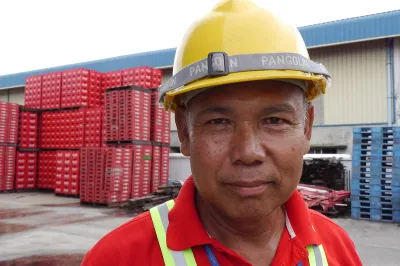Paper
Microinsurance: Making Insurance Work for the Poor (IntoAction 1)
Is there legislation to facilitate microinsurance and protect the poor against fraud?
This paper is a report on the Munich Re conference 2005 in Germany the focus of which was to analyze the findings of about 20 case studies (carried out by CGAP Working Group on Microinsurance) of existing microinsurance programs in different countries, to identify good and bad practices. It also aimed to fine tune the emerging solutions:
- What has worked?
- In what settings?
- How does it benefit the poor?
- Can it serve as a model for other programs in the years ahead?
Craig Churchill of the International Labor Organization's Social Finance Program listed the main obstacles as:
- Lack of mechanisms to systematically reach informal workers;
- Negligible employer contributions;
- Unaffordable full cost for the poor;
- Insufficient government resources to cover recurring expenses;
- Inadequate infrastructure to provide appropriate services.
The case studies point to four institutional options which are:
- Partner - agent model;
- Credit unions and co-operative/ mutual insurers;
- Direct sales model;
- Community-based model.
The paper concludes with important points on lessons learnt from the case studies, aimed for insurers contemplating the low income market:
- Understand the demand through quantitative and qualitative research of clients needs, preferences and familiarity with insurance;
- Gather critical information about key product features and the clients' ability to pay and service expectations;
- Besides clients, target field staff, who if not buying into the products themselves, will not be able to persuade clients either.
About this Publication
Published


